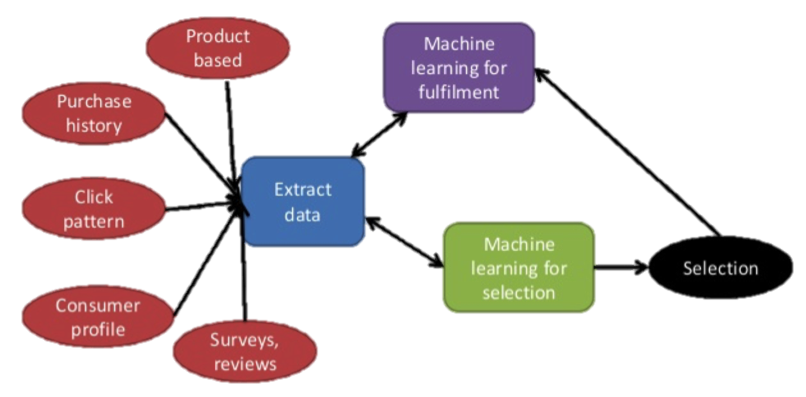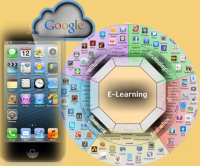1. Machine Learning and Recommender Systems
Recommender systems are powerful intelligent systems that are considered to be the solutions to the
problems of information overload. They provide personalized lists of recommended items to users
using some machine learning techniques.
Typically recommender systems provide personalized lists of recommended items to users using some
data mining and machine learning techniques. Traditionally, the existing recommender systems used
single rating techniques to estimate users' ratings on items. The most common techniques used in
developing recommender systems are:
These traditional recommender systems are implemented based on single rating value to represent the degree to which users are interested in items. Although, it has been evidently working effectively in various applications across several domains, research has shown that their functionality is limited because the likeness of an item by users may depend on several characteristics of the items. A Multi- criteria recommendation is a new technique that uses ratings to various items' characteristics to make more efficient predictions. Nevertheless, despite the proven accuracy improvements of multi-criteria recommendation technique, research needs to be done continuously to establish an efficient way of modeling the criteria ratings. Therefore, our research proposed to use machine-learning algorithms to model multi-criteria recommendation problems using an aggregation function approach.





